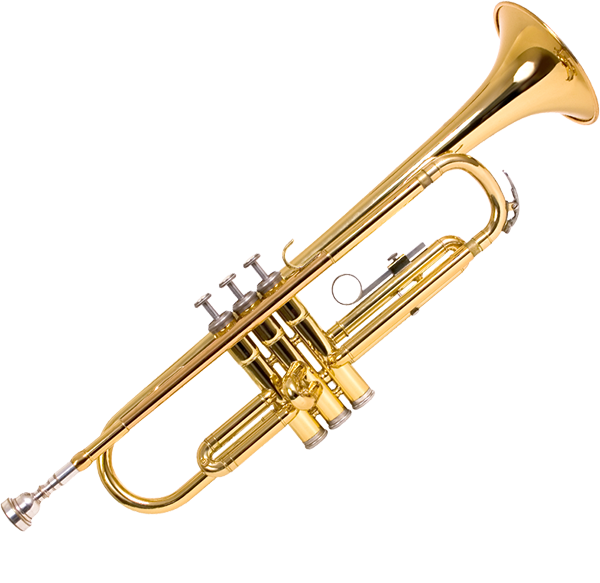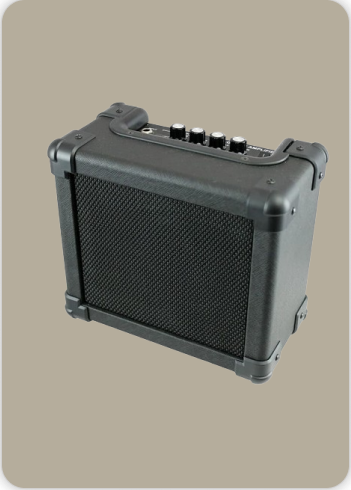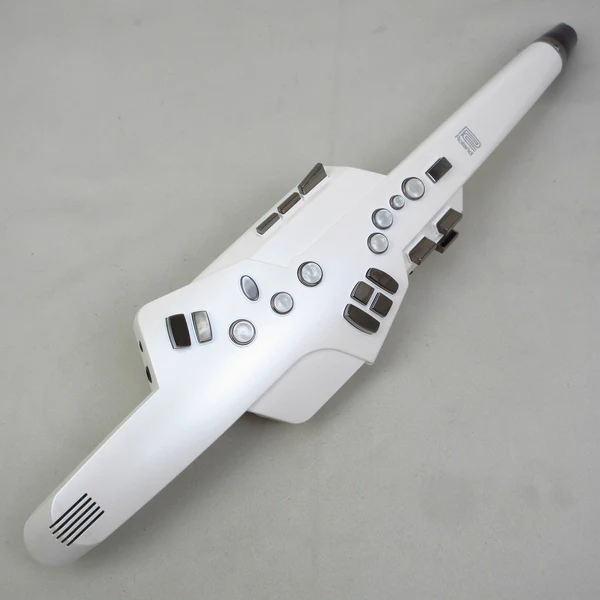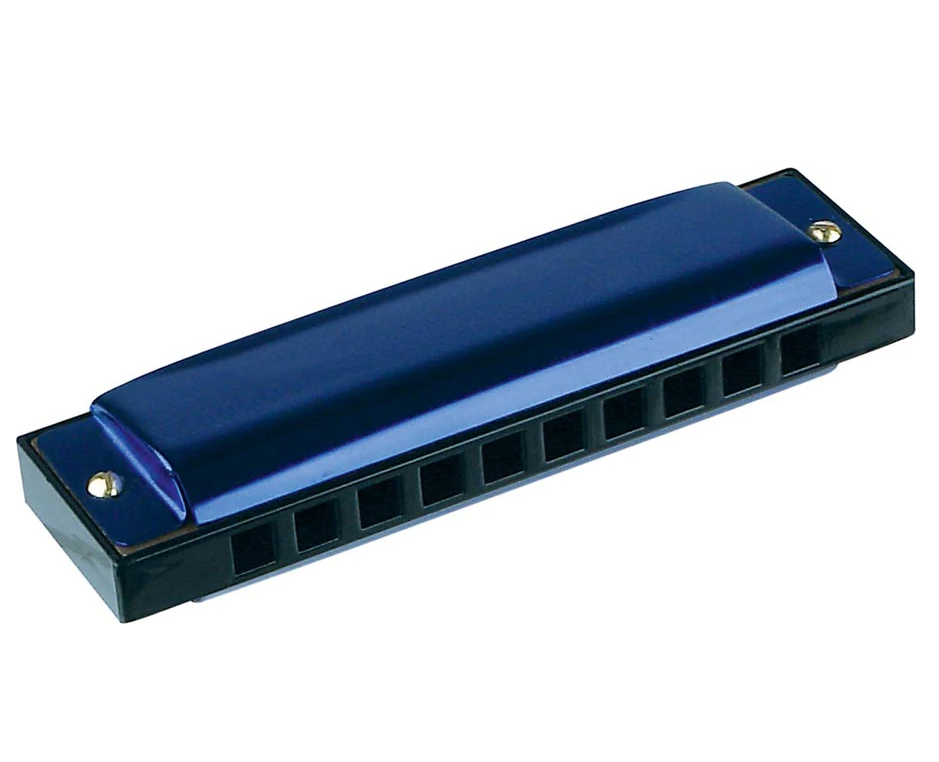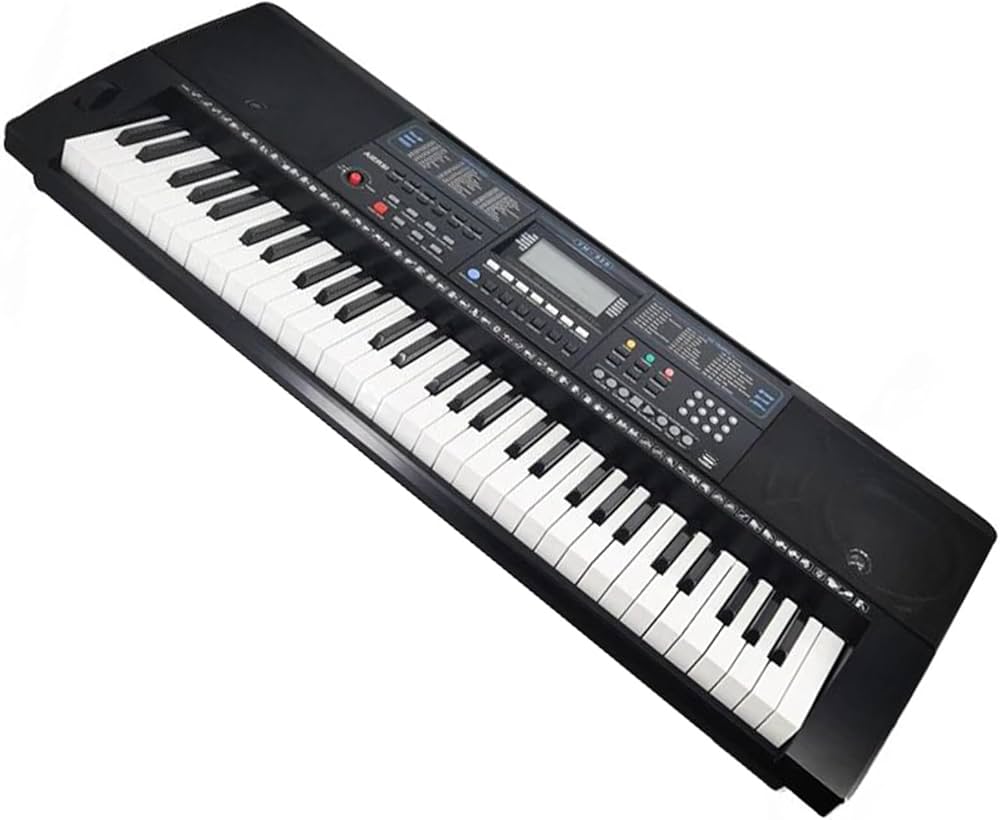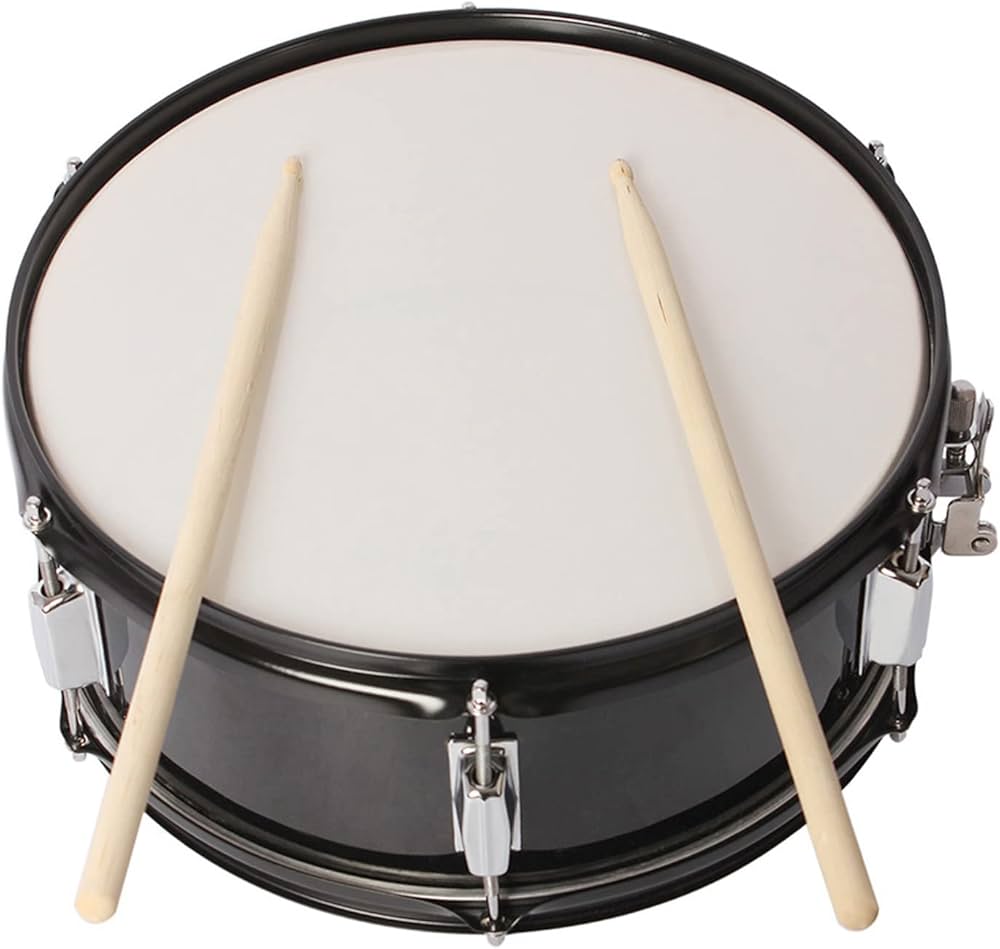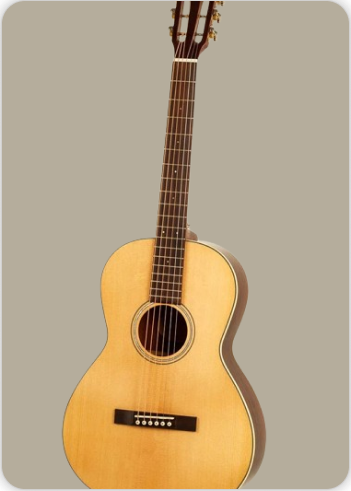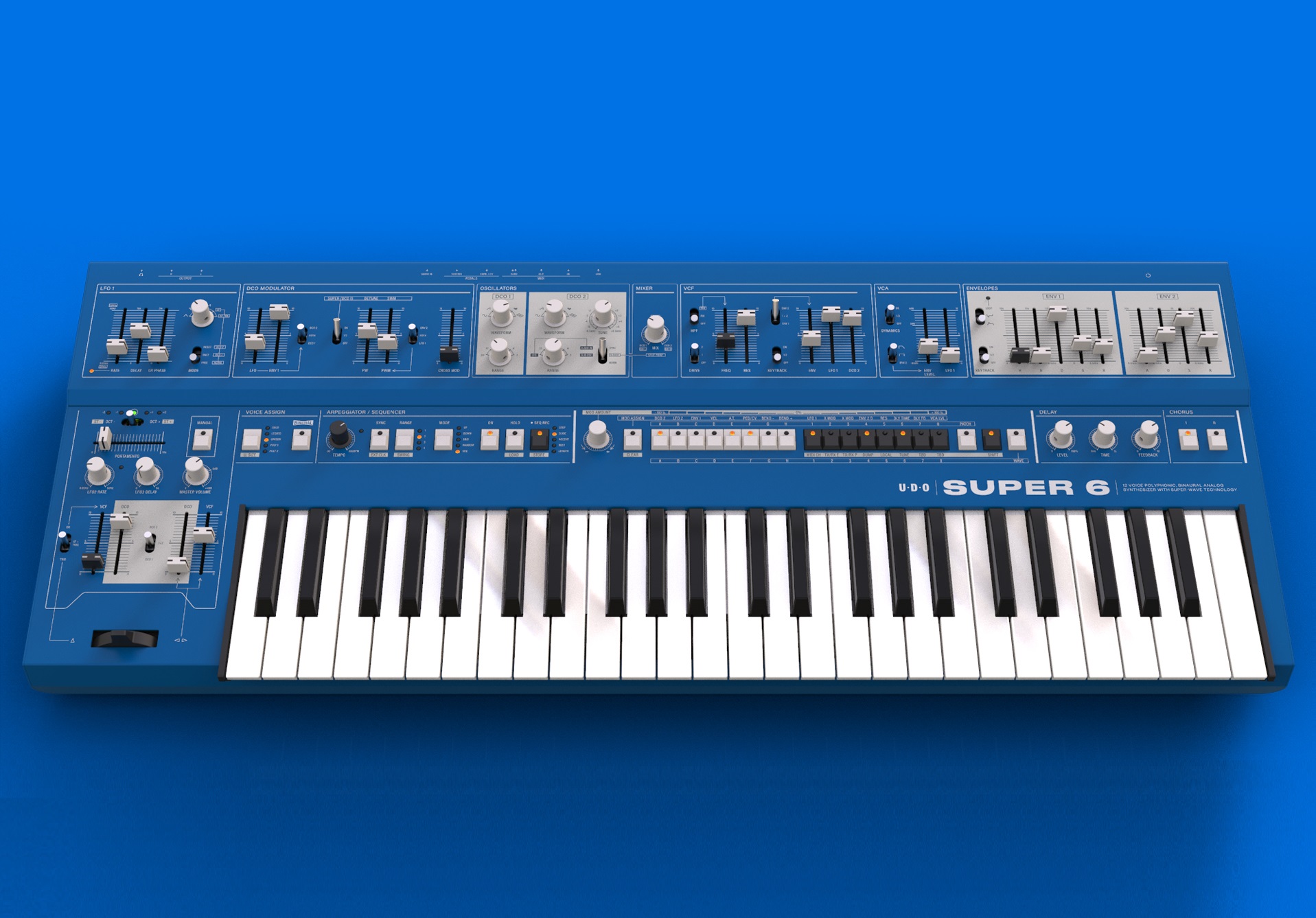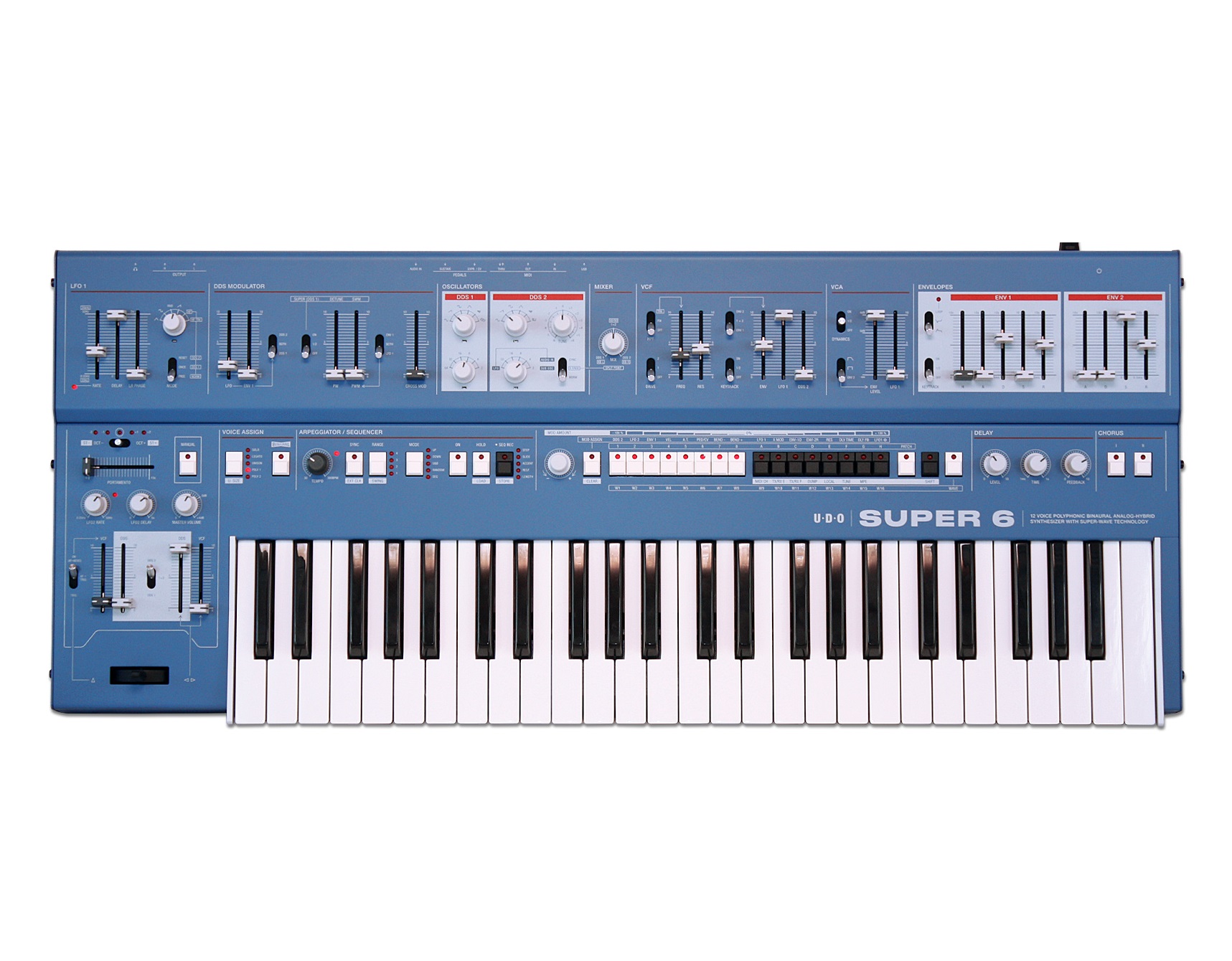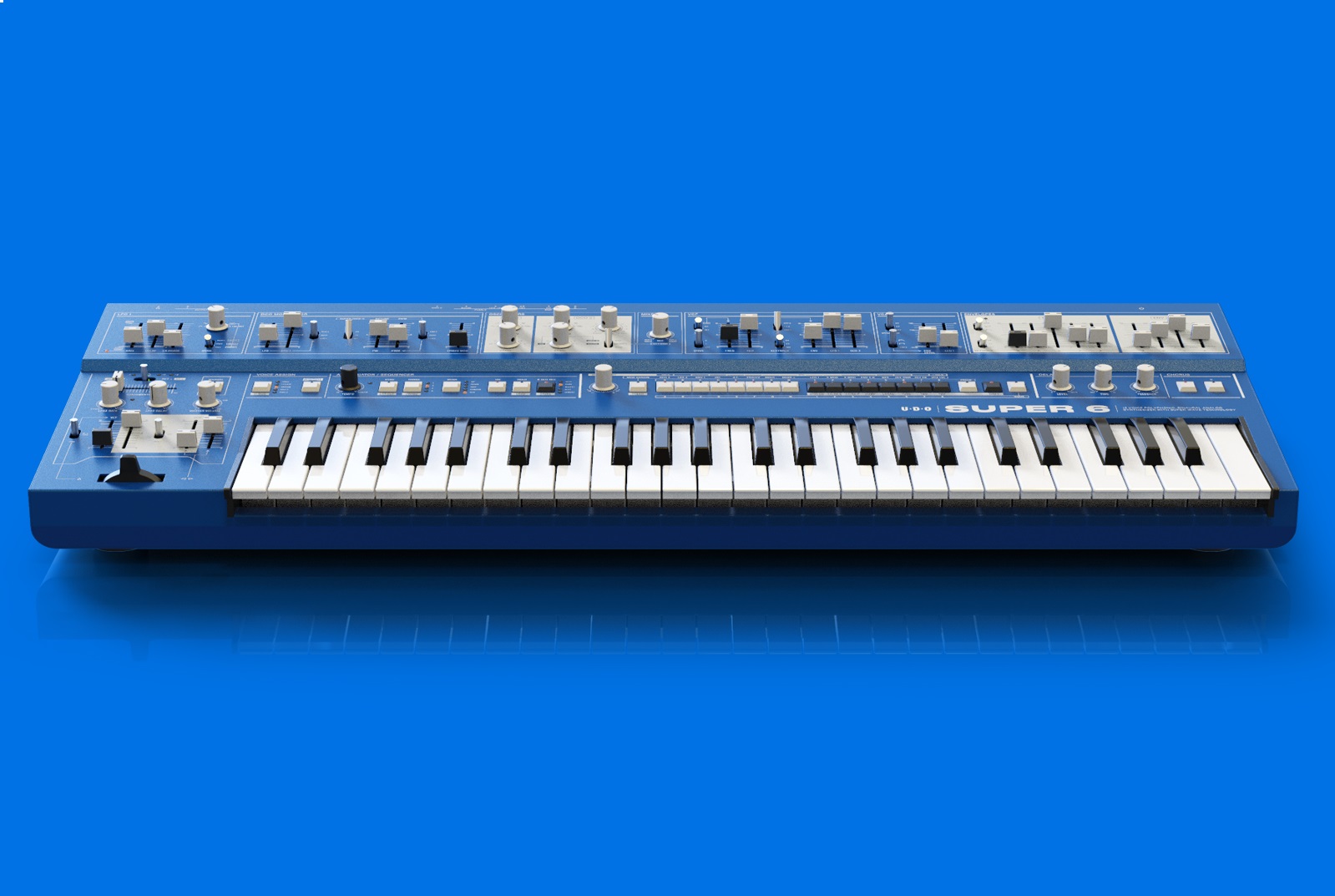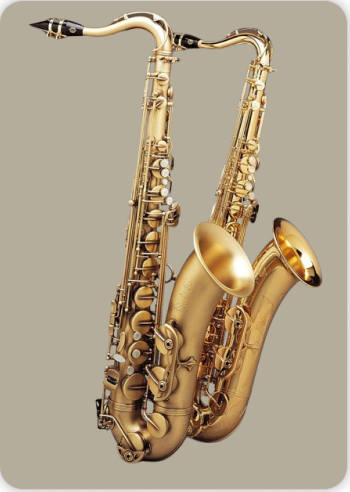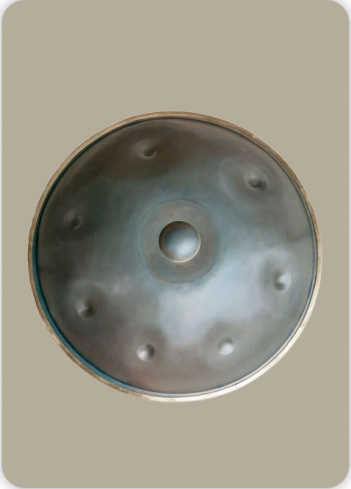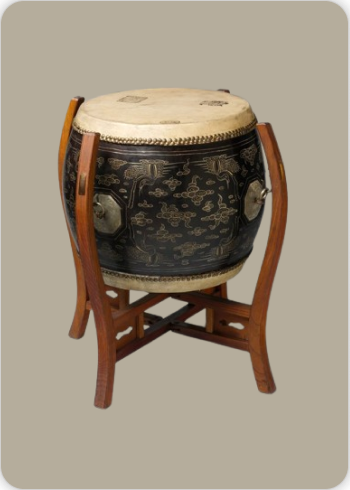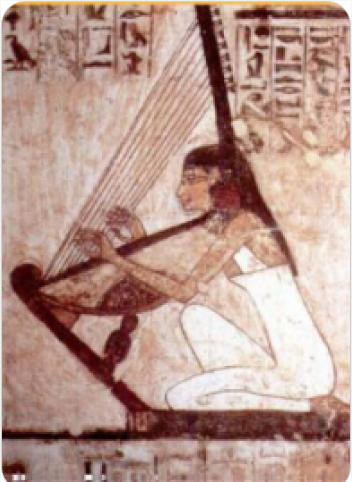UDO Super 6
Electronic Instruments
America
Between 1901 and present
Video
The UDO Super 6 is a powerful, modern synthesizer designed to bridge the gap between digital precision and analog warmth. Developed by UDO Audio, this instrument incorporates a binaural synthesis architecture, which allows it to produce a three-dimensional sound field that envelops the listener. Unlike conventional synthesizers, the Super 6 integrates FPGA-based oscillators and an analog signal path, offering a unique blend of clarity and character. With its semi-modular design, a hands-on interface, and expressive controls, the UDO Super 6 is revered for its versatility and ability to create rich, immersive soundscapes.
Type of Instrument: The UDO Super 6 falls under the category of synthesizers, which are electronic musical instruments that generate sound through digital or analog electronic circuits. More specifically, it is a hybrid binaural synthesizer that blends elements of subtractive synthesis and frequency modulation synthesis. It is primarily used in electronic music production, sound design, and live performances.
History
The UDO Super 6 emerged in the early 21st century, a time when synthesizer technology was evolving to incorporate both digital innovation and analog warmth. Synthesizers, in general, originated in the mid-20th century, but the UDO Super 6 represents a more recent development within this lineage. Developed by UDO Audio, a UK-based company founded by George Hearn, the instrument was introduced in 2020. This period saw a resurgence of interest in analog-style synthesis, with musicians seeking the expressive potential of classic synths while benefiting from modern digital enhancements. Unlike historical synthesizers that were developed in the United States or Japan, the UDO Super 6 stands out as a European contribution to the field, representing a new era of British engineering in electronic music.
Construction
The UDO Super 6 is meticulously crafted, blending premium materials with advanced technological components. It features a solid metal chassis with high-quality knobs, faders, and buttons that provide a tactile experience for musicians. The synthesizer employs FPGA-based digital oscillators to generate sound, which is then processed through an analog signal path that includes filters, amplifiers, and modulation sources. The keyboard is equipped with aftertouch, allowing for greater expressive control. Its layout is designed for intuitive navigation, ensuring that users can tweak parameters in real time without diving into complex menus. The instrument is available in both keyboard and desktop versions, providing flexibility for different studio and performance setups.
Types of UDO Super 6
Although the UDO Super 6 is primarily a single model, it comes in different versions to cater to various users. The standard model features a 49-key Fatar keyboard, while a desktop version is available for those who prefer a compact form factor. Both versions share the same synthesis architecture and sonic capabilities. Special edition color variants have also been released, allowing musicians to choose a design that suits their aesthetic preferences.
Features and Characteristics
Key features include two FPGA-based oscillators per voice: one utilizing a super-wavetable engine capable of creating immense stereo swarms, while the other offers traditional waveshapes along with techniques like hard sync and PWM (Pulse Width Modulation). The VCF (Voltage-Controlled Filter) section includes resonant highpass and lowpass filters that can be coupled for bandpass responses or used individually to create dynamic filter sweeps.Additionally, it supports user-imported wavetables via USB connectivity, allowing users to customize their sounds extensively. Other notable features are its binaural signal path enabling true stereo imaging across six “super voices,” comprehensive modulation capabilities through LFOs (Low Frequency Oscillators), envelopes (HADSR & ADSR), extensive modulation matrix options; plus effects such as chorus & delay which contribute significantly towards enriching soundscapes created by this powerful device.
One of the defining characteristics of the UDO Super 6 is its binaural synthesis engine. This feature allows for spatialized sound design, creating a sense of depth and movement in the stereo field. The instrument offers two oscillators per voice, with a total of 12-voice polyphony when used in traditional stereo mode and six-voice polyphony in binaural mode. The Super 6 includes a multimode filter, flexible modulation sources, and built-in effects such as chorus and delay. The combination of digital precision and analog warmth makes it an ideal choice for musicians seeking a dynamic and expressive synthesizer.
Sound Production
The UDO Super 6 produces sound using its FPGA-based digital oscillators, which generate waveforms that are then processed through an analog signal path. The oscillators offer various waveform types, including sine, saw, square, and noise, which can be further shaped using modulation sources such as low-frequency oscillators (LFOs) and envelopes. The multimode filter allows musicians to sculpt the frequency content of the sound, while onboard effects add spatial and temporal enhancements. The binaural mode creates a three-dimensional effect, giving the sound a wider and more immersive quality. This makes the Super 6 particularly well-suited for ambient music, cinematic sound design, and electronic compositions that require deep sonic textures.
Playing Methods
Playing the UDO Super 6 involves a combination of keyboard performance and real-time parameter adjustments. The 49-key version allows for traditional keyboard playing with velocity sensitivity and aftertouch, providing expressive control over dynamics and articulation. The modulation controls, including the LFOs, envelopes, and filter cutoff, can be manipulated in real time using the instrument’s hands-on interface. The Super 6 also supports external MIDI control, allowing musicians to integrate it with digital audio workstations (DAWs) and other MIDI-compatible gear. Additionally, the arpeggiator and sequencer features enable the creation of rhythmic patterns and evolving soundscapes without external sequencing hardware.
Roles in Music
The UDO Super 6 plays a significant role in various musical genres, particularly electronic music, ambient music, and film scoring. Its ability to generate lush pads, evolving textures, and dynamic leads makes it a favorite among sound designers and composers. In live performance settings, it is used to create intricate layers and atmospheric backdrops, enhancing the depth of a musical arrangement. The instrument is also popular among experimental musicians who explore unconventional soundscapes and sonic manipulations. Due to its versatility, the Super 6 can be integrated into both contemporary and retro-inspired music productions.
Cultural Significance
While the UDO Super 6 is a relatively new instrument, it has quickly gained recognition within the synthesizer community and beyond. Its innovative approach to binaural synthesis has influenced modern electronic music production and has been adopted by artists seeking a fresh sonic palette. As a British-made synthesizer, it represents a revival of UK-based instrument manufacturing, contributing to the broader global synthesizer industry. The Super 6 has also been featured in various synthesizer reviews, music production tutorials, and live performances, cementing its place as a notable instrument in the 21st century. Its design philosophy aligns with the growing trend of hybrid synthesizers that blend digital and analog technologies, reflecting the evolving landscape of electronic music instrumentation.
The UDO Super 6 stands as a testament to innovation in synthesizer design, combining classic elements with cutting-edge technology. With its immersive sound capabilities, hands-on interface, and expressive potential, it has become a valuable tool for musicians, producers, and sound designers. As it continues to be embraced by the music community, the Super 6 is likely to inspire future developments in electronic instrument design and music production.
FAQ
What is the construction of the UDO Super 6 synthesizer?
The UDO Super 6 is a 12-voice polyphonic, binaural analog-hybrid synthesizer. It combines FPGA-based digital oscillators with voltage-controlled analog technology, housed in a robust all-metal chassis. The 49-key Fatar keybed offers velocity and aftertouch sensitivity, providing a solid and expressive playing experience.
What are the key features of the UDO Super 6?
The Super 6 features a binaural analog signal path, allowing for true stereo sound with spatial modulation. It includes two oscillators per voice, a 24dB low-pass filter with high-pass capabilities, two LFOs, and a modulation matrix. Additionally, it offers a built-in arpeggiator, step sequencer, and dual 24-bit digital effects like stereo delay and chorus.
What types of music is the UDO Super 6 suitable for?
The UDO Super 6 is versatile and excels in various musical genres. Its rich analog tones and evolving textures make it ideal for ambient and electronic music. The powerful modulation capabilities and binaural features also suit it for creating complex soundscapes, leads, basses, and pads across different styles.
 Links
Links
References
 Similar
Similar
Instruments
Other Instrument
Categories

